Endura goes aero with new suits and helmets
Long term R&D project with Drag 2 Zero bears fruit
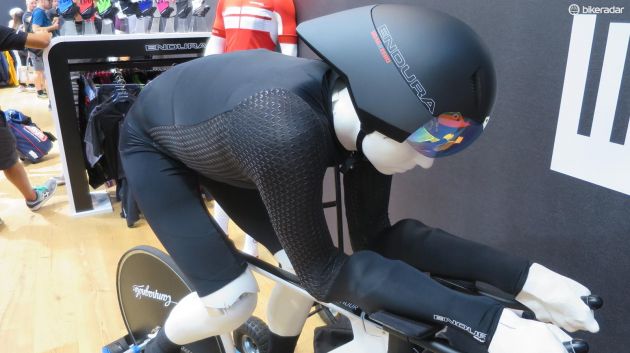
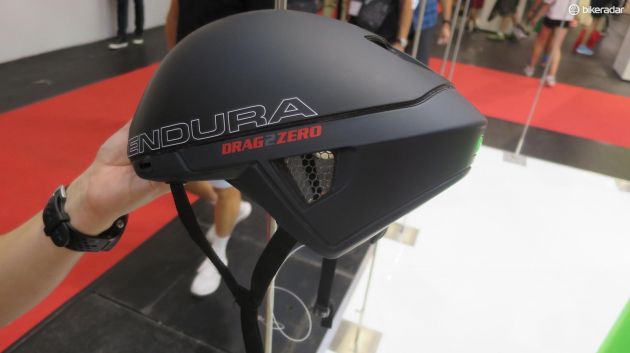
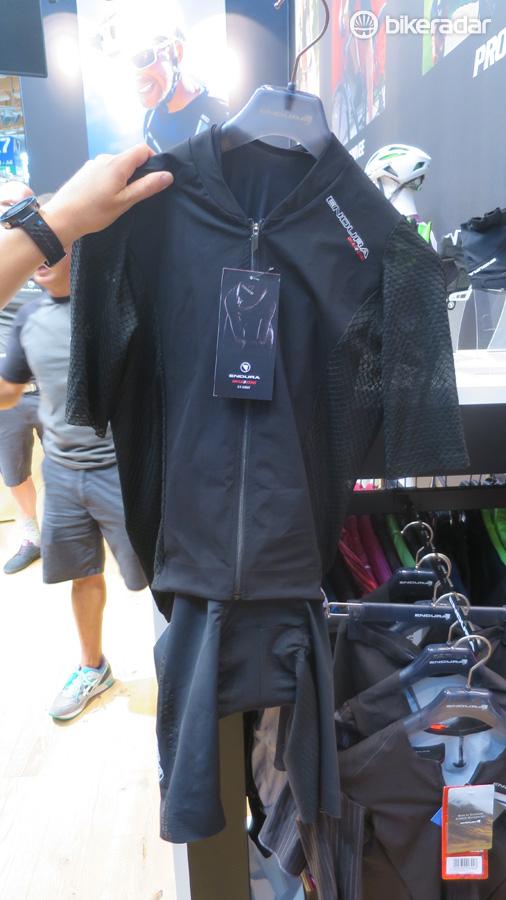
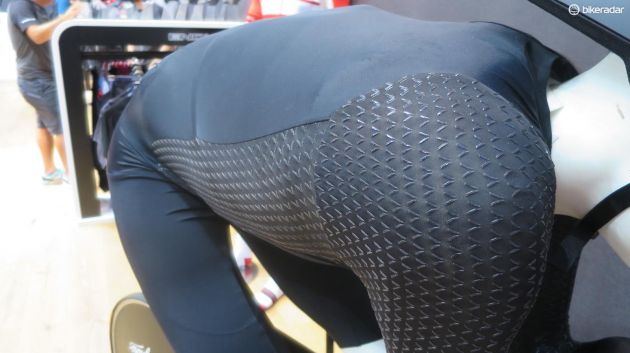
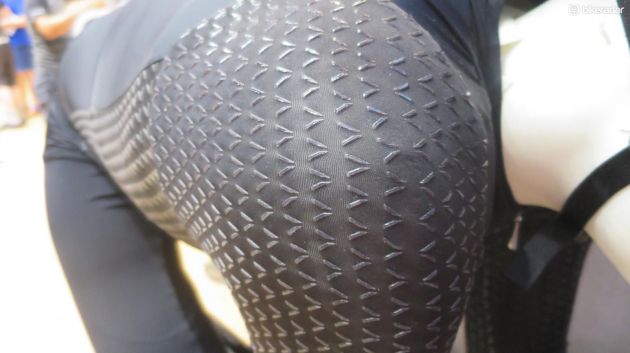
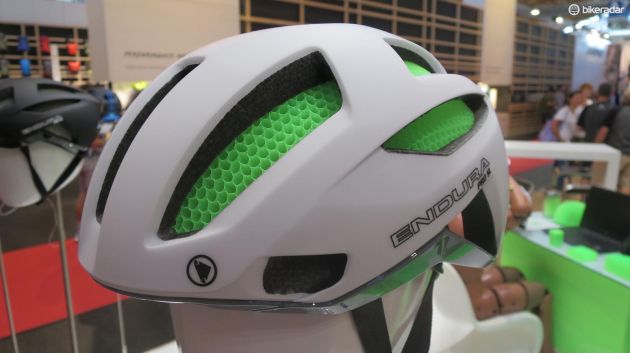
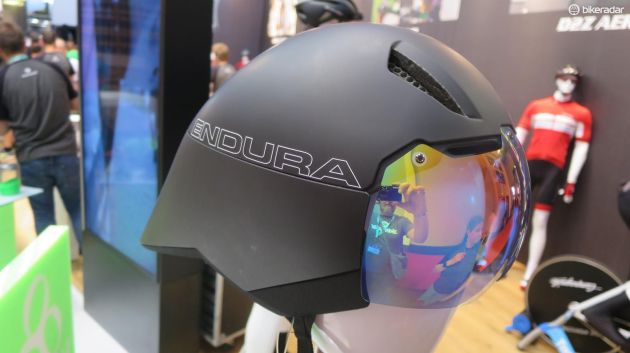
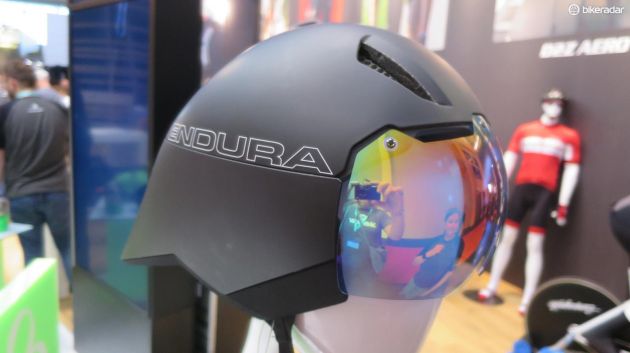
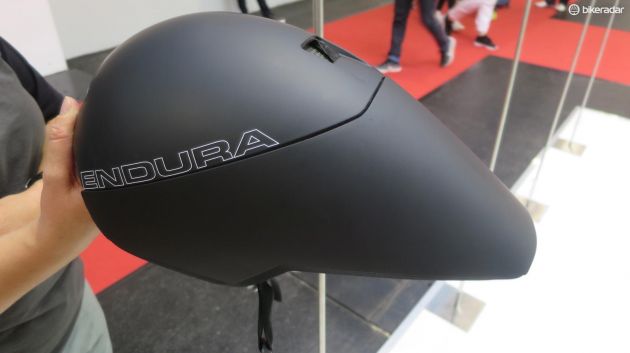
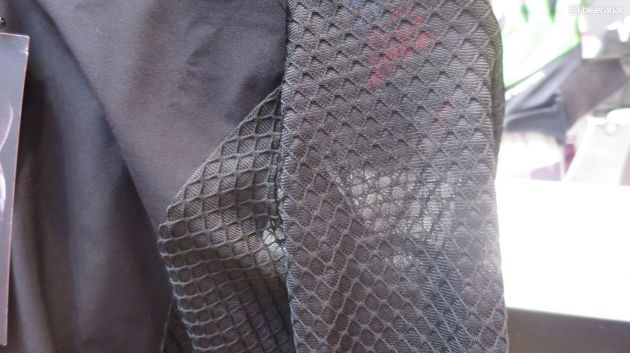
This article originally appeared on BikeRadar
Scottish clothing brand Endura surprised everyone when it announced its involvement with the Movistar team a few seasons ago. The brand had always had a great reputation, but it was found more in well priced, hard wearing, and well fitting kit designed for British (cold and damp) conditions.
What was more surprising was just how fast it developed some of the best road kit around, with innovations like different pad sizes and shapes for different riders and new innovative, lightweight weaves for jerseys to be worn in seriously hot and demanding conditions.
Endura has also been working closely with Simon Smart of Drag 2 Zero fame (the aero consultant on the original Scott Foil, Giant's Trinity, and of course Enve's Smart wheels).
The idea was to build the fastest skin suit for Alex Dowsett's successful attempt at the hour record. Simon Smart looked particularly into the surface patterning of the fabric so as to reduce the early flow separation of the air when passing through it. Texturing surfaces and using seams as aerodynamic 'trips' helped to re-engage the airflow (it's something Simon worked extensively on in his time in race cars).
The Drag 2 Zero Endura range was developed at Simon's base – the Mercedes-Petronas F1 tunnel in Brackley Northants — and based on the original 2013 Endura/D2Z suit as used by Dowsett.

The seam positioning is both critical to the close fit and to aid aero performance
Get The Leadout Newsletter
The latest race content, interviews, features, reviews and expert buying guides, direct to your inbox!
The new suit has had another four years of research, and the silicon bonded patterning in key areas, and the use of a multitude of fabrics and further revised seam placement, has led to a reduction of drag between 6 and 10% over the speed range against the original suit.
Endura also claims that against the best suit from its competition the 2017 D2Z suit is 9.6 watts better at 46kph, a massive 21.8 at 50kph, 12.1 better at 54kph and 1.4 better at 58kph (all based on a flat course and a 75kg rider). That equates to a huge 100 second saving over 40km when riding at 350 watts.
All of these numbers are impressive, but you need to be a rider of the caliber of Alex Dowsett to get the best from a premium piece like the D2Z Encapsulator suit, and Endura recommends the suit for TT position riders riding within a speed range of 46-58kph. Add in an estimated price of £430 and you'll need to not only be seriously rapid, you'll also need to be serious about watt savings with it.
Road advantage
Road riders haven't been ignored by the D2Z project, with Endura launching a new Road suit alongside the Encapsulator. It's in a similar vein to Castelli's San Remo suit or Speciaized's Aeroroad suit.
Endura claims that the surfacing work and the structure of its suit outperforms a standard jersey and shorts (its own World tour kit) across the speed range (32kph to 50kph) by between 1.7 and 8.4 watts, giving a 79 second advantage (40km @225 watts for a 75kg rider on a flat course). The Road suit is set to be priced at £330 (about US$430).

Rather than bonded silicon the road suit relies on custom woven material for its aero edge
Endura's new helmet range

The new Pro SL lid is much more minimal and angular than Endura's previous road helmets and the honeycomb Koroyd core gets plenty of exposure on this design too
Endura's new helmet range forgoes the standard EPS foam core to adopt Koroyd (the honeycomb-like material used by Smith on its helmets).
For the road, the new Pro-SL (£150 / about US$195) lid gets a more minimal and angular shape than previous versions. Endura also claims it's lighter and more breathable (though we've had mixed results with Smith's Koroyd helmets in the breathability stakes).
The big story, however, is the new D2Z Aeroswitch helmet. This £350 (about US$455) TT helmet at first glance looks like your traditional long-tail TT lid, albeit one with a neat integrated visor and a Koroyd core.
On further inspection you notice that the long tail differs from its competition as it's much broader. Simon explains: "There has been a shift towards short tailed helmets because often the tail design is ineffective. Our research showed us that the tail needed to be wider to provide stable flow off the back of the head and onto the skin suit. Testing confirmed that the wide tail was faster and also less sensitive to head movement".

The D2Z design even allows for some decent sized vents, not often seen on full-on TT lids
Endura claims that the Aeroswitch has an increased drag saving over all of its biggest competitors with the 11.8 watt saving at 40kph (compared to a standard Endura Airshell helmet) rising to 39.7 watts at 60kph. Its closest rival has 10.8 and 36.3-watt savings. The lineup of its rivals included Kask's Bambino, Giro Aerohead, Bell Javelin, Lazer Wasp, Specialized S-Works TT, Met Drone, Bontrager Aeolus TT, and Louis Garneau's P-09.

The snap-on long tail has a much wider and blunter shape than most long tailed TT lids
The Aeroswitch still has one more trick up its sleeve, and that's that the long tail can be removed easily to create an aero road helmet with a short stubby tail, which makes the high price tag a lot easier to swallow as it's effectively two helmets in one (and its got the removable magnetic visor, too).